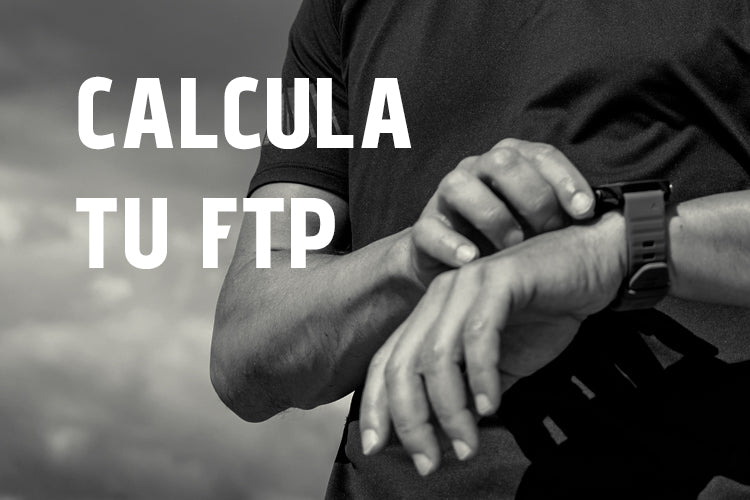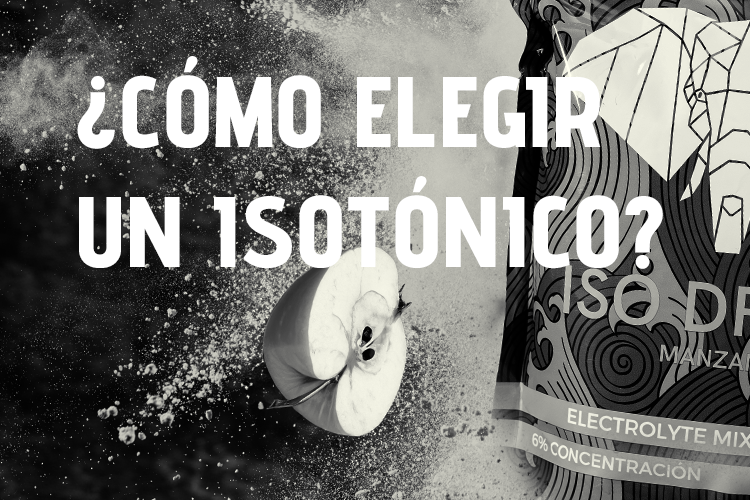We've probably all heard or read that if you sweat a lot and see white marks on your clothes or skin, you're an athlete who sweats more than the average person.
These types of athletes, in particular, are often encouraged to take more salt than usual, or at least an isotonic drink like our ISO DRINK .
Electrolytes are always recommended as they are big business.
You can get electrolyte drinks, soluble tablets, capsules or even chewing gum.
In addition, electrolytes are added to many other products such as energy gels and bars .
Do electrolytes improve performance?
Athletes are concerned about not consuming enough electrolytes during exercise.
But first, let's ask ourselves WHY we need electrolytes. Or even, do we need electrolytes at all?
Many athletes believe that electrolytes are supposed to aid performance, but how many studies do we have that prove this is the case? You'd be surprised by the answer!
What is the evidence that electrolytes work?
Minerals such as sodium, calcium, and potassium become electrolytes when dissolved in water, meaning they can conduct an electrical current in the water.
A little chemistry: Electrolytes, which include acids, bases, and salts, generally dissociate into their individual ions when dissolved in water, carrying either a positive charge (cation) or a negative charge (anion).
Table salt (sodium chloride), for example, dissolves in water and splits into individual sodium (cation) and chloride (anion) ions, and are therefore electrolytes.
Each of the electrolytes is vital to many key functions in the body.
The main electrolytes in sweat are sodium, potassium, chloride, magnesium and calcium.
Of these, sodium, potassium, and chloride are found in the highest concentrations, although their distribution differs between intracellular (inside cells) and extracellular (outside cells, for example in the blood) fluids.
Sodium and chloride are found in higher concentrations in the extracellular fluid, while potassium is found in higher concentrations within cells.
Therefore, keep in mind which products you buy since they should follow this proportion of ingredients.
Sodium > Potassium > Magnesium > Calcium
What is the role of electrolytes?
Sodium
Sodium and chloride are the two electrolytes that have the highest concentrations in sweat and are the ones that are lost the most.
Sodium helps maintain blood volume and carbohydrate absorption at the intestinal level, through the GLUT 5 (fructose) and SLGT1 (glucose/maltodextrin) transporters.
Without sodium, carbohydrate would not be absorbed properly.
The current trend based on current scientific evidence is a minimum of 350 to 450 mg of sodium per hour.
Chloride
Promotes the conduction of nerve impulses and the formation of hydrochloric acid in the stomach, making any food digest correctly.
We obtain chloride from the water itself that contains the gel or carbohydrate drink.
Potassium
Potassium losses are 160-320 mg per liter of sweat.
Depending on the athlete, they will need to consume more or less, but the ideal amount per gel without over-saturating the gastrointestinal system would be 200-280mg per gel.
Magnesium
Magnesium losses are only 4-15 mg per liter of sweat.
Therefore, you always have to be within that margin without supernatural bowel movements.
Calcium
Although calcium is vitally important for muscle contraction and cardiovascular function, and of course, maintaining healthy bones, there is currently no evidence that calcium supplementation has any direct effect on athletic performance.
But the recommended amount of calcium per hour would be 0 and 40mg
Other minerals and additives
Like zinc, vitamins, or amino acids, they should not be included in any type of gel, as there is currently no scientific evidence that they provide any benefits.
In fact, it would be harmful since it increases osmolarity and therefore impairs gastric emptying and, consequently, the speed at which carbohydrates are absorbed.
Therefore, FANTÉ uses the most up-to-date scientific evidence and has formulated everything prior to launch. All our products can be combined without worrying about whether or not we oversaturate the gastrointestinal system, as we take into account everything that science demonstrates empirically, not through marketing.
Literature
- Barnes KA, Anderson ML, Stofan JR, Dalrymple KJ, Reimel AJ, Roberts TJ, Randell RK, Ungaro CT, Baker LB. Normative data for sweating rate, sweat sodium concentration, and sweat sodium loss in athletes: An update and analysis by sport. J Sports Sci. 2019 Oct;37(20):2356-2366.




Leave a comment
This site is protected by hCaptcha and the hCaptcha Privacy Policy and Terms of Service apply.